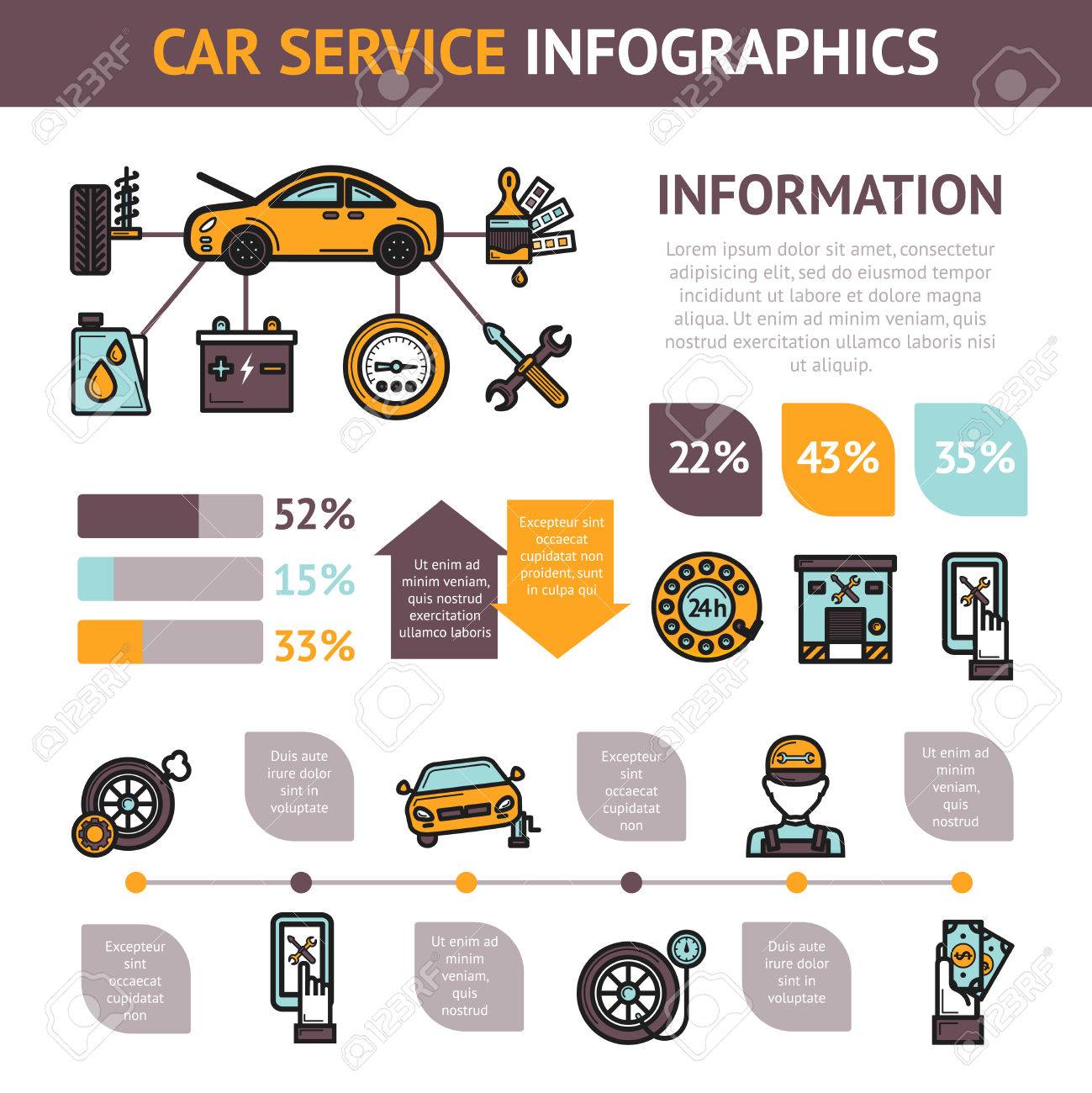When you lag the wheel, those glowing caution lights on your dashboard can be a little bit complicated. Do https://www.inquirer.com/philly-tips/winter-car-tips-freezing-weather-20210201.html understand what they're trying to tell you about your automobile's health? Comprehending the importance of these lights is vital for your safety and the longevity of your vehicle. So, the following time one of those lights appears, wouldn't you want to analyze its message precisely and take the essential steps to resolve it?
Common Caution Lights and Interpretations
Identify typical warning lights in your cars and truck and recognize their meanings to make sure risk-free driving.
One of the most normal warning lights include the check engine light, which indicates concerns with the engine or emissions system. If this light comes on, it's crucial to have your lorry checked quickly.
The oil pressure warning light suggests low oil pressure, needing immediate interest to avoid engine damages.
A blinking battery light could suggest a malfunctioning billing system, possibly leaving you stranded if not addressed.
The tire pressure tracking system (TPMS) light alerts you to low tire stress, affecting car stability and fuel performance. Overlooking this might cause dangerous driving problems.
The ABS light indicates a problem with the anti-lock stopping system, jeopardizing your capacity to quit swiftly in emergencies.
Finally, the coolant temperature level cautioning light warns of engine getting too hot, which can result in severe damage otherwise settled promptly.
Understanding these typical caution lights will help you deal with problems without delay and keep secure driving conditions.
Relevance of Prompt Interest
Comprehending the common caution lights in your cars and truck is only the primary step; the importance of immediately addressing these warnings can't be stressed enough to ensure your safety when traveling.
When a warning light illuminates on your dashboard, it's your auto's method of interacting a possible issue that requires attention. Ignoring these warnings can cause extra severe troubles in the future, endangering your safety and security and possibly costing you a lot more out of commission.
Prompt focus to alerting lights can stop failures and crashes. For example, a blinking check engine light could indicate a misfire that, if left neglected, might cause damages to the catalytic converter. Resolving this promptly can save you from a pricey repair service.
In a similar way, a brake system warning light might signify low brake fluid or worn brake pads, essential components for your safety and security when driving.
Do It Yourself Troubleshooting Tips
If you see a caution light on your control panel, there are a few do it yourself repairing suggestions you can try prior to seeking expert help.
The very first step is to consult your cars and truck's handbook to recognize what the particular caution light shows. Occasionally the issue can be as easy as a loosened gas cap setting off the check engine light. Tightening up the gas cap might fix the issue.
your mechanic is a reduced battery, which can trigger various alerting lights. Examining the battery links for corrosion and guaranteeing they're safe may deal with the issue.
If a caution light persists, you can attempt resetting it by disconnecting the car's battery for a couple of minutes and afterwards reconnecting it. Additionally, inspecting your automobile's fluid degrees, such as oil, coolant, and brake liquid, can aid repair cautioning lights related to these systems.
Conclusion
To conclude, recognizing your vehicle's caution lights is important for keeping your car running smoothly and safely. By promptly addressing these notifies and knowing what they indicate, you can stay clear of costly repairs and potential malfunctions.
Bear in mind to consult your automobile's guidebook for particular information on each cautioning light and act accordingly to guarantee a hassle-free driving experience.
Remain educated, remain ac repair on car when driving!
